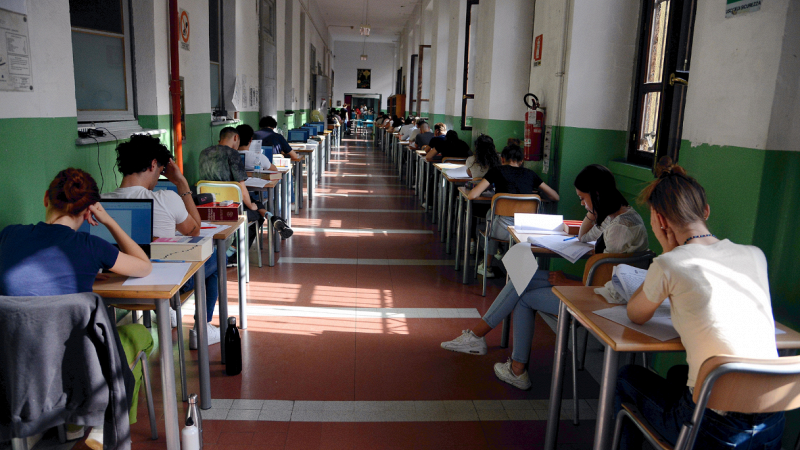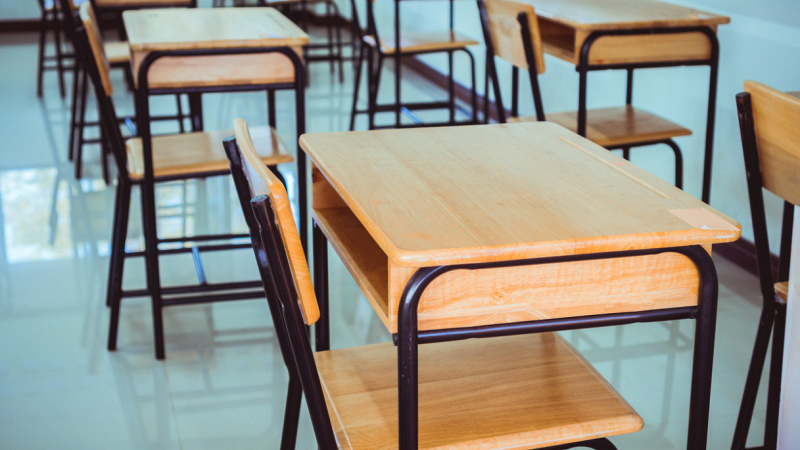Sinonimi e contrari
Più modi di dire: Alba
chiarore, prima luce, far del giorno, albori, principio...
VOCABOLARIO
La parola di oggi è: Esecrare
Verbo Transitivo esecrare detestare, provare ribrezzo morale per una persona o una cosa...
Frasi e ricorrenze
Liberazione
È il 25 aprile, giorno in cui desidero festeggiare la libertà che chi ci ha preceduto è riuscito a ottenere lottando, combattendo e morendo. Buona festa della Liberazione.
Modi Di Dire
Perché si dice… Avere una marcia in più
CONIUGA VERBI
Oggi impariamo il verbo: Stare
Indicativo Passato Remoto
- io stetti
- tu stesti
- egli stette
- noi stemmo
- voi steste
- essi stettero
Lezioni in evidenza
Il principio di equivalenza tra massa inerziale e gravitazionale
L'ortografia delle consonanti in grammatica
CORRETTORE ORTOGRAFICO
Si scrive:
riscuotere o risquotere
RIME
Notte fa rima con:
- balenotte
- borgognotte
- buonanotte
- cagnotte
Proverbio
Significato di…
Il male previsto è mezza sanità
Leggi tutto »
Il Santo di oggi
Ss. Anacleto e Marcellino, papi
Papi
Anacleto o Cleto come compare nella preghiera eucaristica del canone della Messa, è il successore di San Lino nella sede apostolica. Marcellino papa ...









